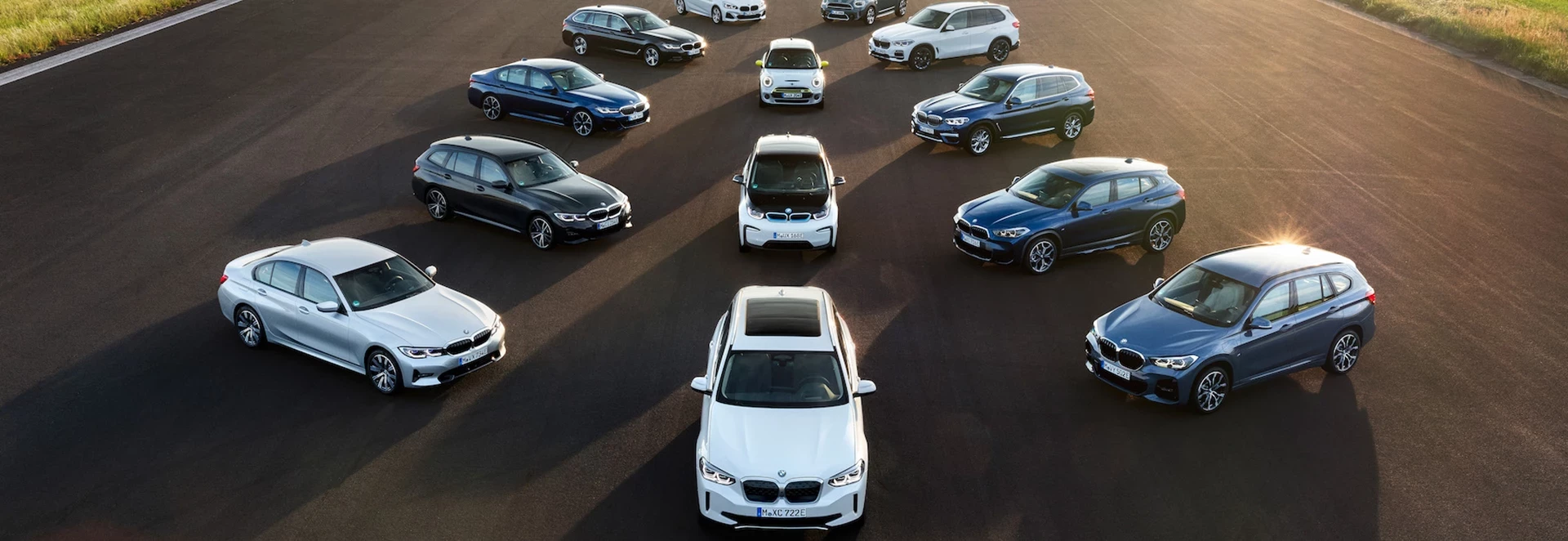In today’s car market you’re spoilt for choice, but deciding on what body type is right for you can be difficult. Manufacturers now offer a host of options (including crossovers) to meet everyone’s individual needs and wants. In this guide we’ll run through the main reasons why you might choose each body type, to help you make the right decision.
City cars and superminis
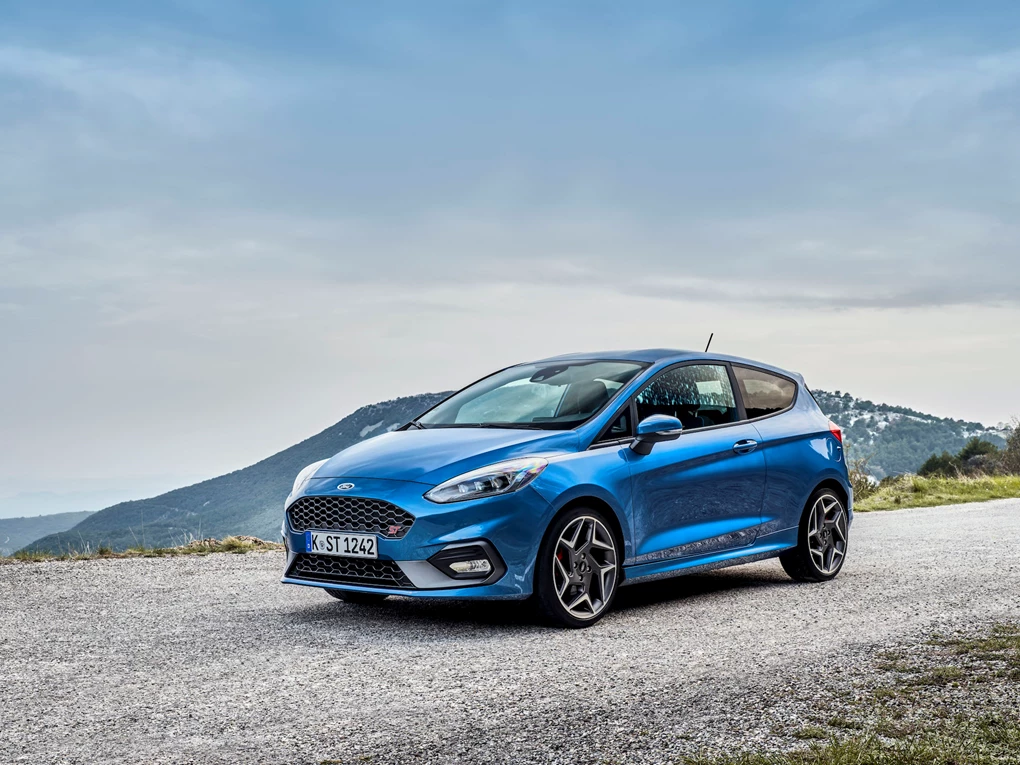
Small cars are incredibly popular. They’re fun to drive, and typically the most affordable options on the market. The only real downside is the limit to space in the back seats and boot.
City cars are the smallest type, which offer exceptionally easy driving and parking, making tight streets and parking spots a doddle, thanks to short bumpers and a minimal frame. However, with that, passenger and boot space are both severely restricted, so this body type generally suits one or two occupants doing city and town driving, with only minimal luggage needs.
Meanwhile superminis are bigger (somewhere between a city car and a hatchback) and they offer valuable extra space, while also being very affordable, which is why they’re among the best-selling cars in the UK. They can seat four occupants much easier than a city car, and typically have enough boot space to fit a suitcase or buggy. They are light and agile to drive, and available in both value and premium options. Therefore, the only real disadvantage or reason to avoid them, is if you simply need more space.
Hatchback
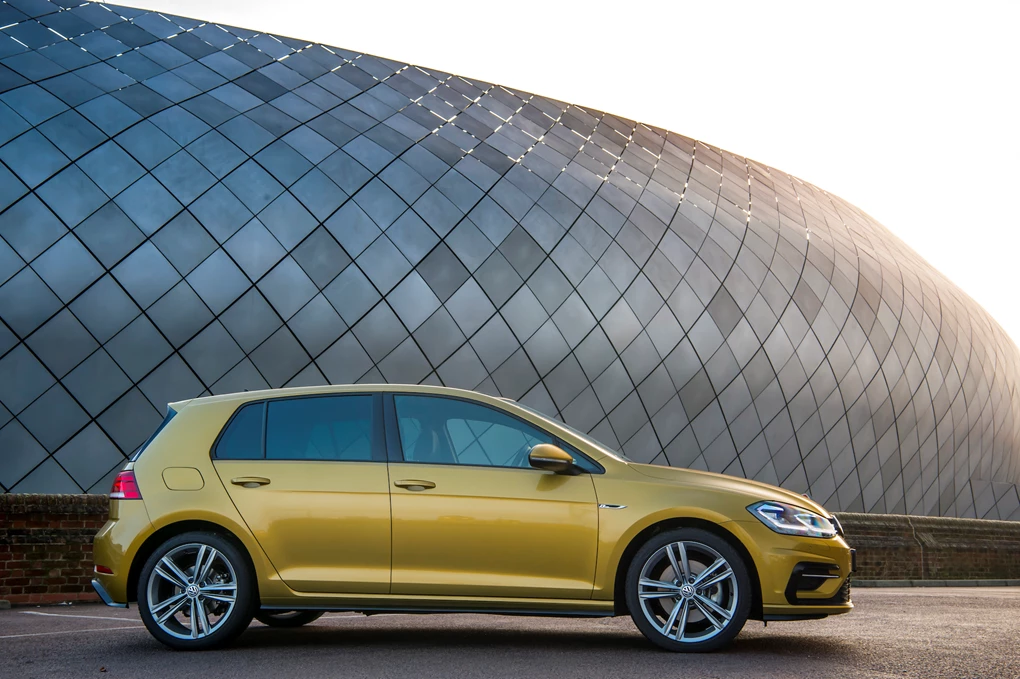
A hatchback (or family hatchback) is larger than a supermini, and smaller than a saloon car. It has a larger chassis than a supermini, but with the same kind of back (in that the boot lid and rear windscreen are one unit).
In many ways a hatchback offers the best of both worlds, by offering nimble driving and easy parking, along with more passenger space, which makes seating five occupants more comfortable, along with a little extra storage in the boot.
The most important thing to consider here is that if your hatchback will be for family use, to make sure there is enough space to comfortably seat those in the back for long journeys. Different models offer different passenger and boot space capacities, so it’s worth checking and comparing each one, and seeing for yourself which one feels right.
Saloon
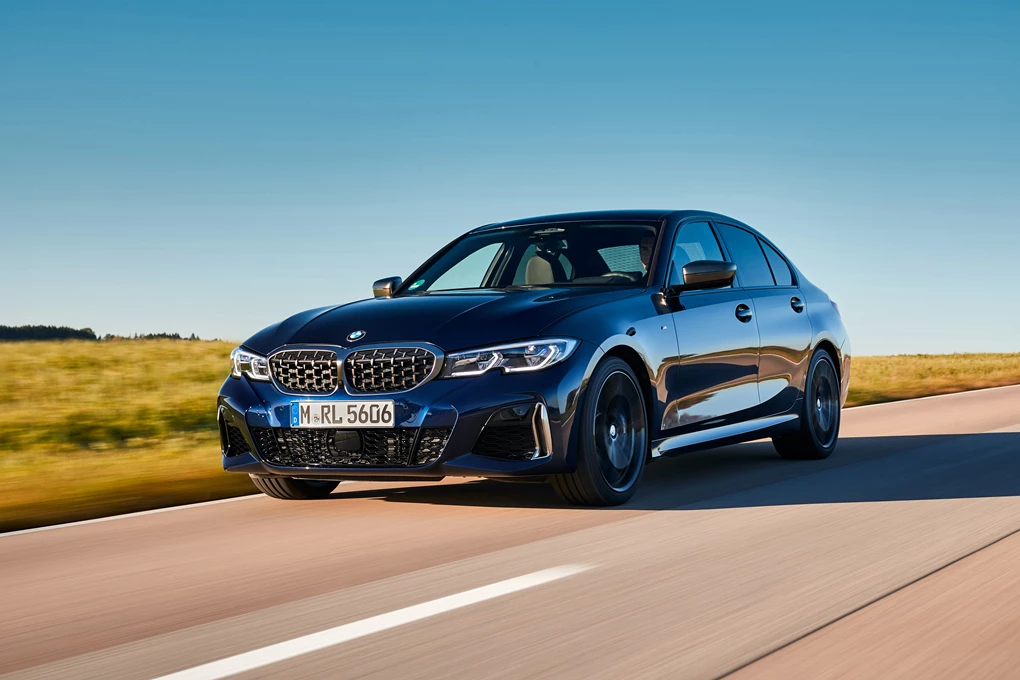
Saloons are longer than hatchbacks, and sometimes described as ‘three-box’ cars (with a front engine section, main cabin, and rear boot section) and due to their longer wheelbase they offer significantly more legroom to passengers than a hatchback.
However, while saloons offer more cabin space for a family, the boot space can vary drastically, so it’s worth looking at the boot space volume and comparing options against each other, if storage space is important for you.
Saloons are popular with premium brands, and as such they can also offer perks such as premium interiors, and driving and tech extras that go beyond a standard hatchback.
Estate
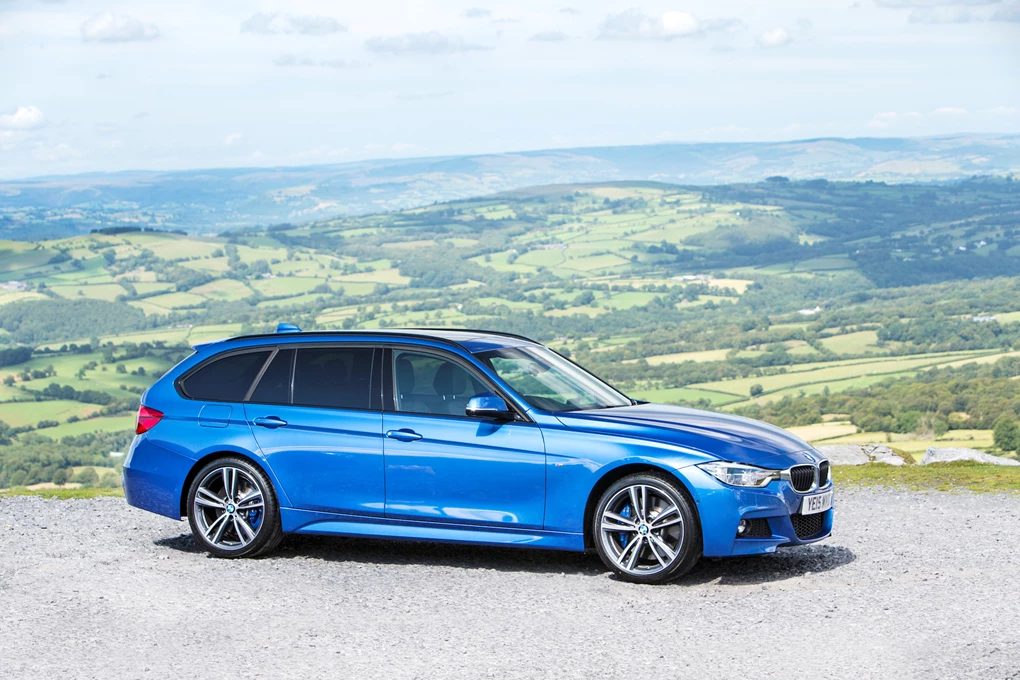
Estate cars are essentially a saloon (or a hatchback) model, with increased upper boot space. As while the saloon car rear window is at the back of the passenger cabin, in an estate it’s further back at the boot lid instead (like a hatchback), which therefore expands the storage space volume.
The length of the car also tends to be a little longer to incorporate slightly different dimensions.
The clear advantage here is extra storage space for those who need or want it, with the only possible downside being that saloon versions can sometimes be seen to look better, due to offering a more classic or refined silhouette.
MPV
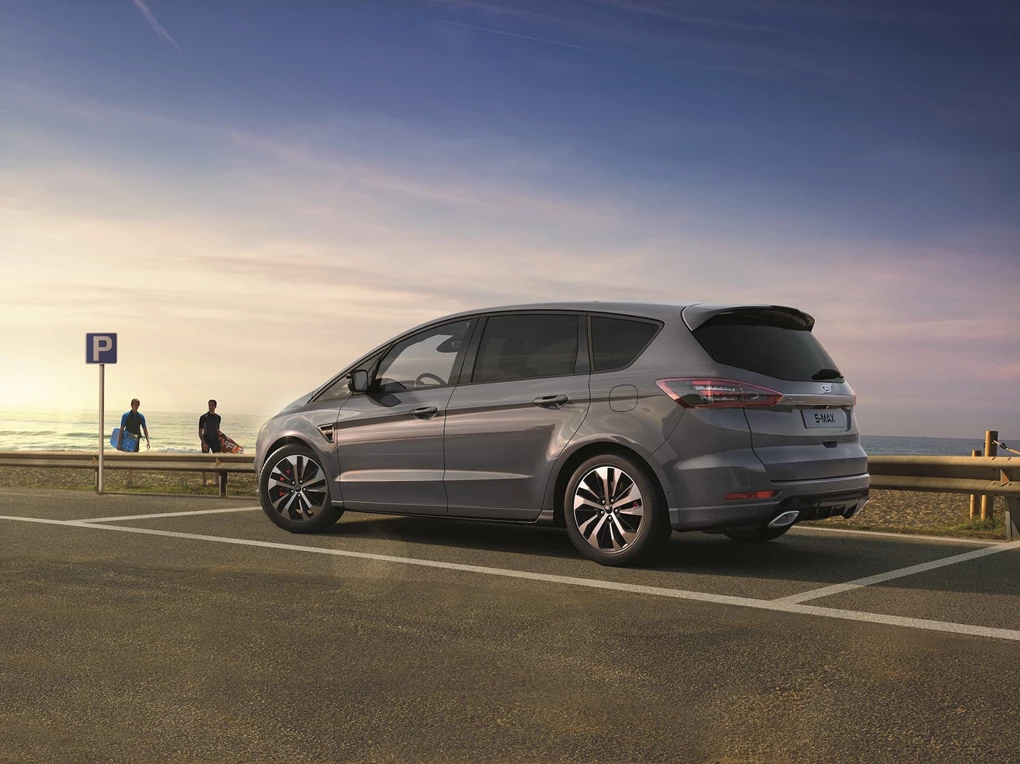
MPVs (Multi-Purpose Vehicle) are also referred to as people carriers, which is perhaps more accurate as a description. They have tall and box-like dimensions, designed to create as much interior space as possible for passengers and storage, and they frequently offer more seats than a hatchback or saloon.
An MPV is ideal for a large family that needs space. Larger models sometimes have seven seats, with the ability to fold the back two down in order to create a flat floor boot space.
They are usually cheaper to run than an equivalent SUV, but offer the additional space and slightly higher driving position that makes SUVs so popular. The only downside is that like estates or mini-MPVs, their slightly square proportions may make them look a little less appealing then other body types, and they may feel less agile to drive.
Mini-MPVs are based on hatchbacks, and are simply small MPVs. They offer an extra degree of practicality for the buyer (compared to a hatchback), with a slightly higher roof, raised driving position, and hip-height seats, which can be popular with older passengers or children. However, these are more expensive than hatchbacks, and again, the proportions in some cases can look more awkward than their more standard counterparts.
SUV
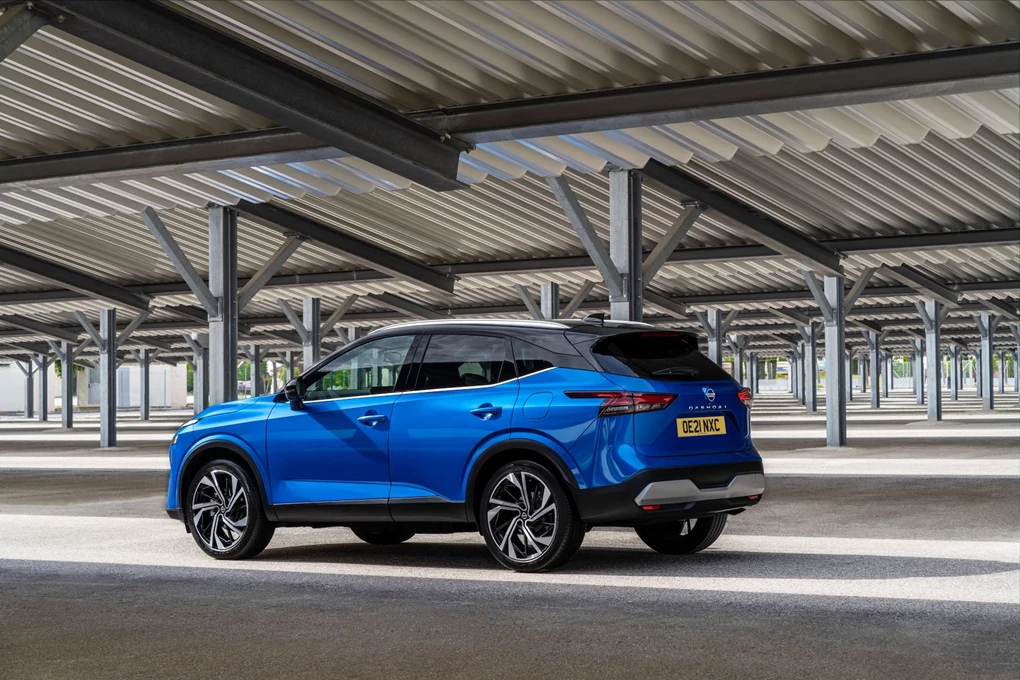
An SUV (Sports Utility Vehicle) combines elements from a family car, with features from off-road vehicles, such as raised ground clearance. Their predecessors, the hardy original 4x4, was simply built to get across rough terrain with four-wheel drive. While the evolved family body type of an SUV is instead built for comfort, and can come in two-wheel drive, have the ability to switch to four-wheel drive, or be four-wheel drive as standard.
There is no clear definition of an SUV, and they can vary greatly in what they offer, but in general they are characterised by increased height and large wheels, along with bold and sporty dimensions and styling.
They’re bigger than other family cars, and typically offer more power and cargo capacity, (and in some cases they can offer seven seats too). The driving experience is excellent, in terms of a smooth ride that almost equals a saloon or estate, but with a higher driving position, which gives better visibility.
An SUV is an excellent choice for those living in remote and rural locations, due to the high clearance they offer, but in these cases it’s highly advisable to choose a modern 4x4 or a four-wheel drive version (or one that can switch to it), to be able to tackle rough terrain or poor weather conditions (and even light flooding).
Meanwhile, for standard roads and family driving four-wheel drive really isn’t necessary, and now most mainstream family SUVs tend towards two-wheel drive (usually front-wheel drive). This is because if the car only needs to send power to two wheels for it to drive well, then the powertrain then becomes lighter, which makes the car cheaper to buy, while also making it more fuel efficient to run, and more agile to drive. Therefore, a family SUV is very comfortable for motorway driving, and offers light handling, which makes them sufficiently nimble in the city.
The downsides of a two-wheel drive family SUV are that they aren’t as good at off-roading, or as powerful as a 4x4 or four-wheel drive SUV. While 4x4s often lack the creature comforts of a family SUV, though there are premium brands that combine both four-wheel driving with all mod-cons and comfy seats. So nowadays there is an SUV for everyone. Apart from these points, the main drawbacks for SUVs are that they can be prohibitively expensive, and for the purist, their larger size means that they’re not quite as good as saloons and estates at road-holding and handling.
In general, SUVs have become exceptionally popular by combining space with power, and for those with large families and space requirements, they’re a very attractive choice.
Coupe
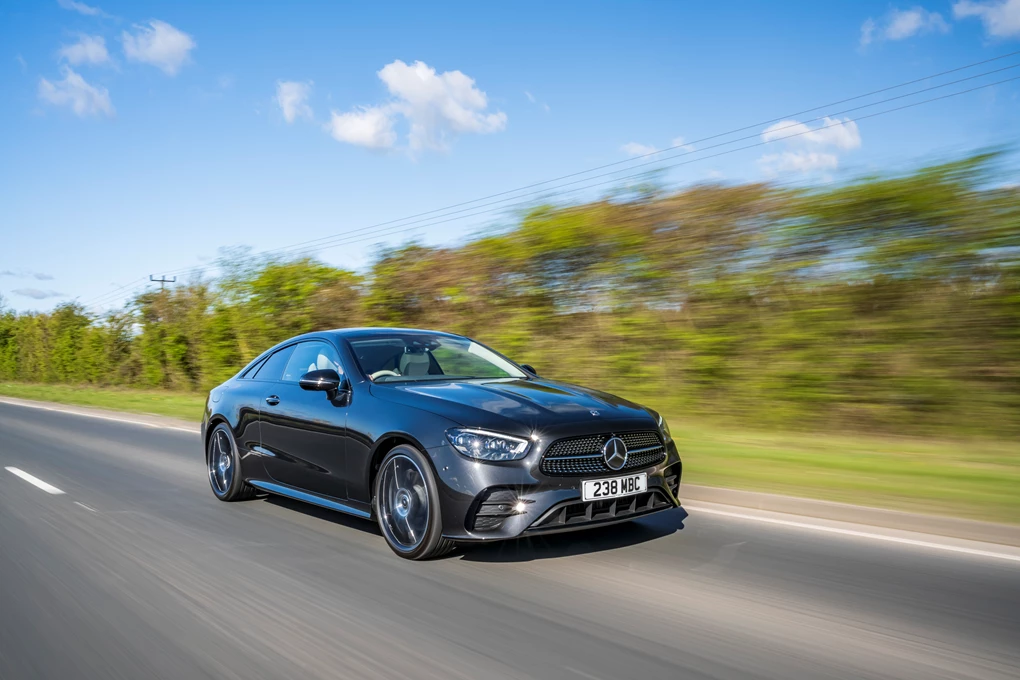
A coupe is a two-door car with a fixed roof and a sloping rear. Essentially, a two-door version of a saloon, with two fully functional seats at the front, and two small seats in the back (and no more than 33 cubic feet of rear interior space).
The sleek body shape gives an aspirational feel, and an attractive silhouette, while the drive handling is superb. However, practicality suffers compared to a hatchback or saloon due to the lack of passenger and storage space. Despite this, coupes remain highly desirable and are typically sold by premium manufacturers, who may charge more for them than their more practical alternatives.
Convertible
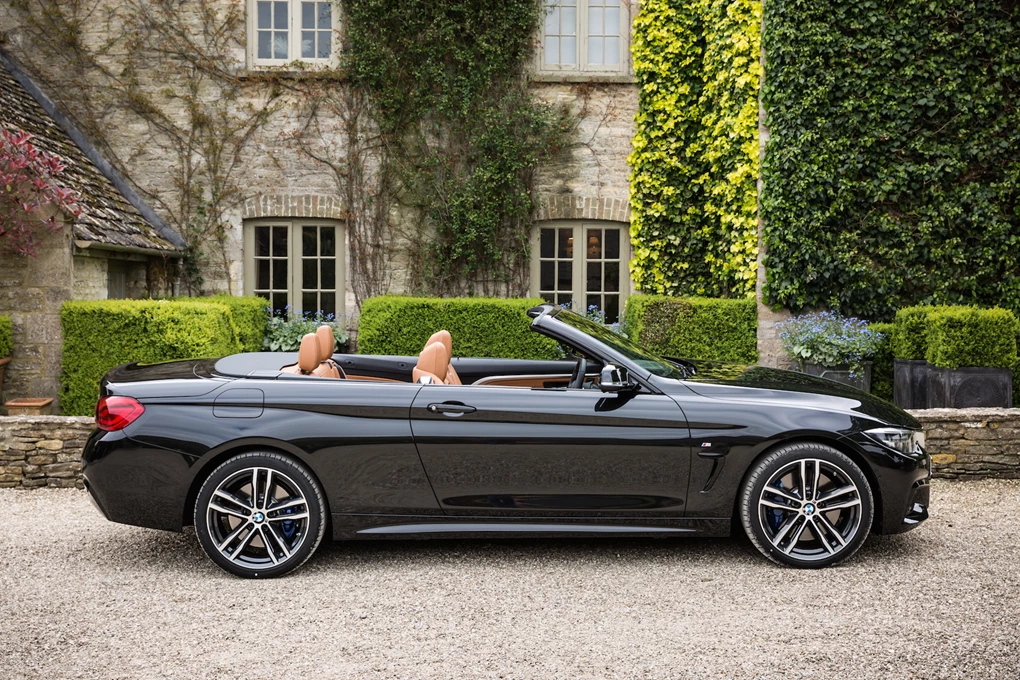
Always fancied driving a convertible? Of course you have! Essentially a coupe with retractable fabric or a metal cover, that offers sporty driving and attractive style, which can be enjoyed to the full with the roof down on a gloriously warm day.
The benefits are that (like a sports car) you’ll look like you’re living the dream, they’re fun to drive, and they come into their own during spring and summer. The downsides are that (as with a coupe) they lack interior space, and they can create practicality issues, especially for soft-tops, which don’t feel quite suited to inclement weather (torrential rain and or heavy snow for example).
Sports car
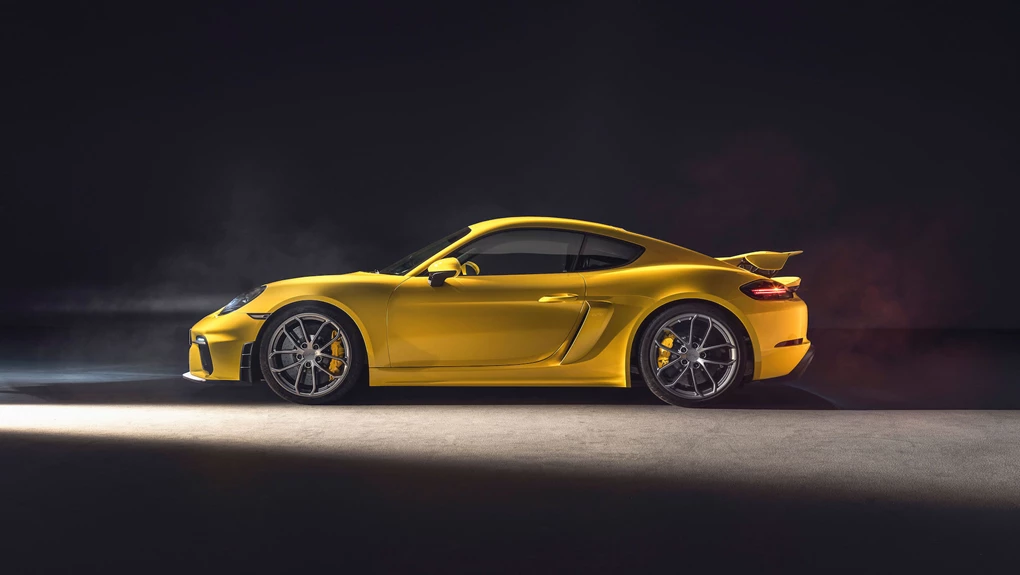
Usually two-seaters with two doors. The sportiest cars on the market (hence the name), so desirability can be sky-high for those who crave serious driving enjoyment. Sports cars and roadsters (that have retractable roofs) offer powerful engines with enhanced performance, along with superb handling qualities.
They look great, and transmit a certain status and joie de vivre, but they tend to be rather expensive (or exceptionally expensive) and seriously lack practicality, with no space in the back and very limited boot space. However, they’re typically bought for fun rather than functionality (and often as a second car) so buyers usually don’t care too much about these kinds of drawbacks.
Crossovers

Crossovers typically combine the attributes of a normal hatchback or saloon, with an SUV, to offer higher clearance and bigger wheels, but with the body styling, boot storage, and fuel efficiency of a standard saloon.
They usually offer more space, and SUV styling of sorts, but with more of a focus on family and functionality, and as such are less likely to offer four-wheel drive. But with this, they can be surprisingly efficient, and only marginally less-so than the hatchbacks and saloons that they’re based on.
Test drive the models you love
To see if a certain body type is right for you, you need to see it in person. First, you should decide your budget, and your space requirements, and any other key criteria that are essential to you. Then when you have that all weighed up and worked out, it’s essential to test drive any model that interests you. To see how it feels to drive, to see if there's enough space for passengers (you can bring them along too!), and to see if there's enough boot space, and anything else that you might need or want.
Save money on your next car
You can get a quote or book a test drive through us. Simply click the link to choose the make and model that you’re interested in, and we can help you to find out the latest prices, as well as any special offers and options that might suit you and save you money.
Get a quote or book a test drive
